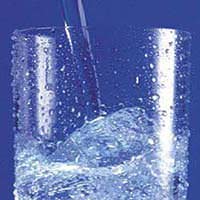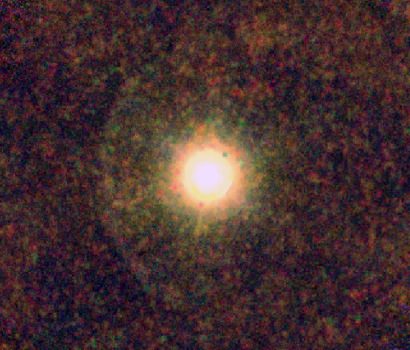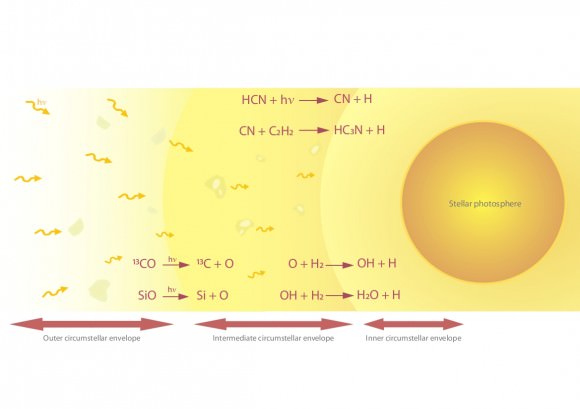[/caption]
The answer to ‘what is water made of’ is as easy as you want it to be. Do you want to just do some superficial research or do you want to look a little deeper? Superficially, pure, distilled water is composed of 2 hydrogen atoms and 1 oxygen atom. If the sample of water is not ‘pure’, the composition of the sample can be different.
Salt water obviously contains salt, but it can contain many other trace elements. Fresh water from different sources will contain different elements and minerals. These come from the rocks the water washes over and the pollutants from farms and industry. The water that you drink will contain several additives used for purification plus the fluoride that is added for our health. Rain water will have any number of pollutants that have accumulated in the atmosphere.
At high temperatures and pressures, like those in the interior of giant planets, scientists think that water exists as ionic water in which the molecules break down into a soup of hydrogen and oxygen ions, and at even higher pressures as superionic water in which the oxygen crystallizes but the hydrogen ions float around freely within the oxygen lattice.
There are many interesting facts about water. Water is a tasteless, odorless liquid. The natural color of water and ice is slightly blue, although water appears colorless in small quantities. Ice also appears colorless, and water vapor is essentially invisible as a gas. Since the water molecule is not linear and the oxygen atom has a higher electronegativity than hydrogen atoms, water carries a slight negative charge. As a result, water has a electrical dipole moment. Water can form a large number of intermolecular hydrogen bonds(four). These factors lead to to water’s high surface tension and capillary forces. Water is often referred to as the universal solvent. All major cellular components are dissolved in water. Water is at its maximum density at 3.98°C. Oddly, it becomes less dense when it is cooled down to its solid form, ice. It expands to occupy 9% greater volume in this solid state, which accounts for the fact of ice floating on liquid water.
Water covers the majority of our planet and can be found in one form or another throughout the known universe. No matter where you are on Earth, water affects you in some way each day.
We have written many articles about water for Universe Today. Here’s an article about the density of water, and here’s an article about the water on Earth.
If you’d like more info on Water, check out NASA’s Water, Water, Everywhere!. And here’s a link to NASA’s Earth Observatory.
We’ve also recorded an episode of Astronomy Cast all about planet Earth. Listen here, Episode 51: Earth.
Source: Wikipedia



